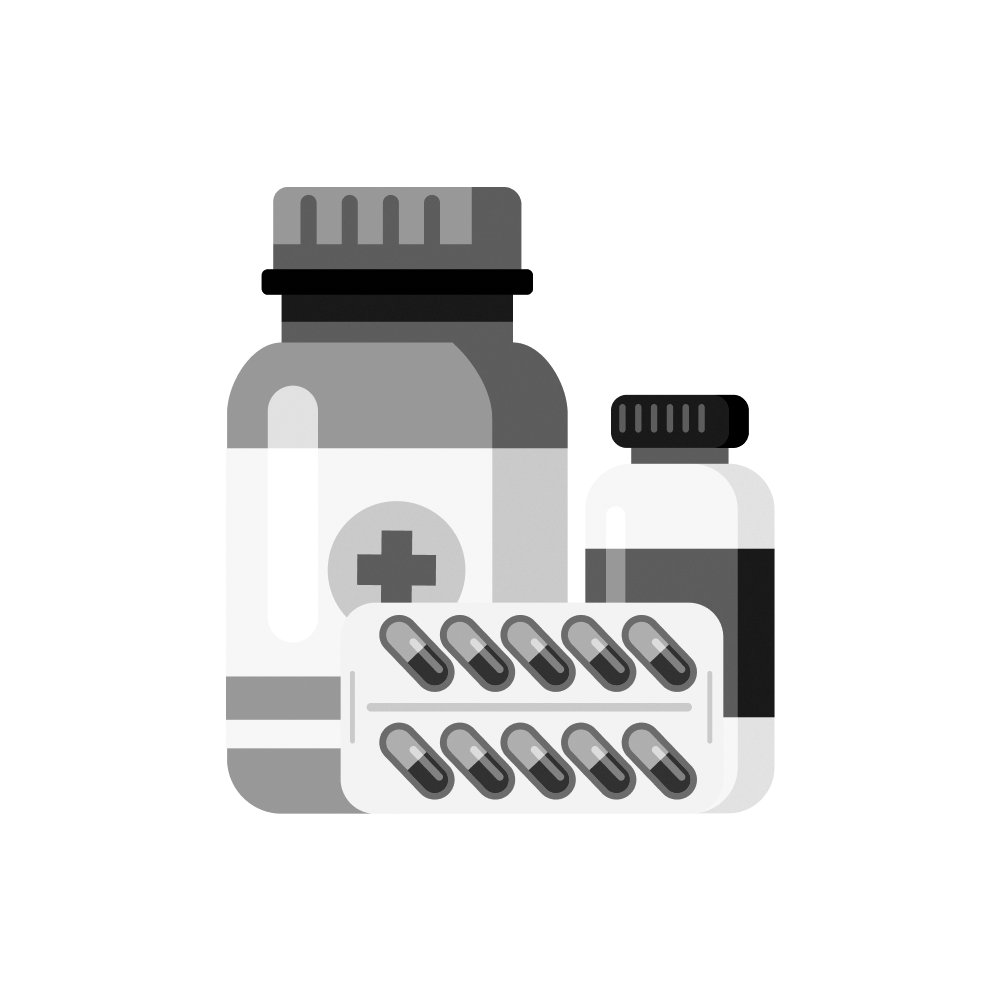

Out of stock
ব্যবসার জন্য পাইকারি দামে পণ্য কিনতে রেজিস্টেশন করুন
Register
Safety Advices
বাংলা
English
UNSAFE
Aleva may cause excessive drowsiness with alcohol.
CONSULT YOUR DOCTOR
Information regarding the use of Aleva during pregnancy is not available. Please consult your doctor.
CONSULT YOUR DOCTOR
Information regarding the use of Aleva during breastfeeding is not available. Please consult your doctor.
UNSAFE
Aleva may cause side effects which could affect your ability to drive.
CONSULT YOUR DOCTOR
There is limited information available on the use of Aleva in patients with kidney disease. Please consult your doctor.
CONSULT YOUR DOCTOR
There is limited information available on the use of Aleva in patients with liver disease. Please consult your doctor.
Medicine Overview of Aleva 10mg Tablet
Introduction
Aleva belongs to a group of medicines called antihistamines. It is used in the treatment of various allergic conditions. It relieves symptoms like itching, swelling and rashes. Aleva may be taken with or without food. The dose may vary depending on what you are taking it for. Take it as it has been prescribed by your doctor. You may need this medicine only on days you have symptoms, or you may need to take it every day to prevent symptoms from happening. If you stop taking it earlier than advised, your symptoms may come back. This medicine is generally very...
... Show moreUses of Aleva
- Allergic conditions
Side effects of Aleva
Common
- Sleepiness
How to use Aleva
Take this medicine in the dose and duration as advised by your doctor. Swallow it as a whole. Do not chew, crush or break it. Aleva may be taken with or without food, but it is better to take it at a fixed time.
How Aleva works
Aleva is an antihistaminic medication. It treats allergy symptoms such as itching, swelling, and rashes by blocking the effects of a chemical messenger (histamine) in the body.
What if you forget to take Aleva?
If you miss a dose of Aleva, take it as soon as possible. However, if it is almost time for your next dose, skip the missed dose and go back to your regular schedule. Do not double the dose.
Quick Tips
- Your doctor has prescribed Aleva to help relieve allergy symptoms such as itching, swelling, and rashes.
- As compared to other similar medications, it is much less likely to make you feel sleepy.
- Be cautious while driving or doing anything that requires concentration as it can cause dizziness and sleepiness.
- Do not drink alcohol while taking this medication as it may cause increased sleepiness.
- Stop taking Aleva at least three days before taking an allergy test as it can affect the test results.
Brief Description
Indication
Allergic rhinitis, Allergic conditions, Chronic idiopathic urticaria
Administration
May be taken with or without food.
Adult Dose
Oral
Allergic conditions
Adult: 10-20 mg once daily.
Child Dose
Oral
Allergic conditions
Child: >6 yr: 5 mg once daily.
Contraindication
Hypersensitivity, cardiac arrhythmias.
Mode of Action
Ebastine, a piperidine derivative, is a long-acting, nonsedating, second-generation histamine receptor antagonist that binds preferentially to peripheral H1 receptors. It is metabolised to active metabolite, carebastine. It has antihistaminic, antiallergic activity and prevents histamine-induced bronchoconstriction. It does not have significant sedative or antimuscarinic actions.
Precaution
Caution is advised when used in hepatic impairment, renal insufficiency, QTc interval prolongation. Pregnancy, lactation.
Side Effect
Headache, dry mouth, drowsiness, pharyngitis, abdominal pain, dyspepsia, asthenia, epistaxis, rhinitis, sinusitis, nausea, insomnia.
Interaction
Concomitant use of ketoconazole, itraconazole, clarithromycin or erythromycin may increase plasma levels of ebastine and cause QTc interval prolongation.
ব্যবসার জন্য পাইকারি দামে পণ্য কিনতে রেজিস্টেশন করুন
Register